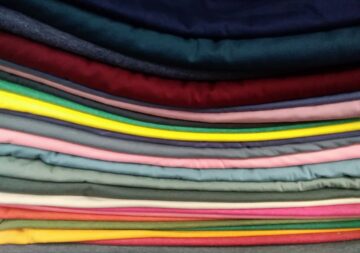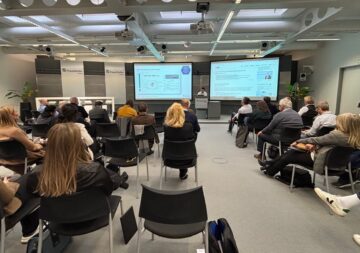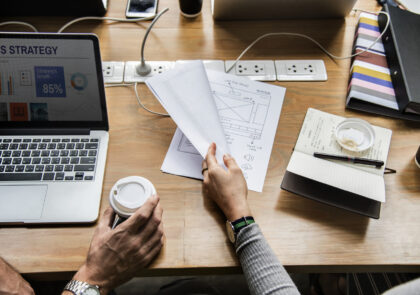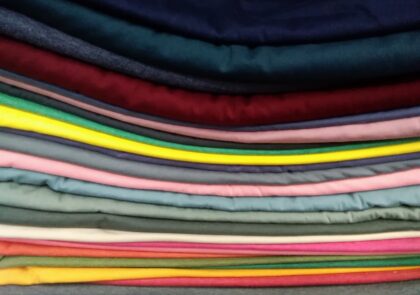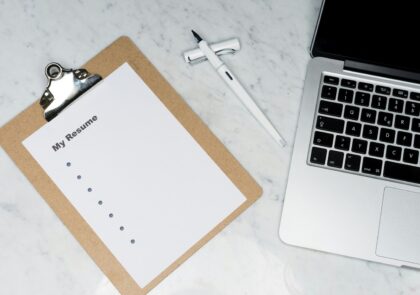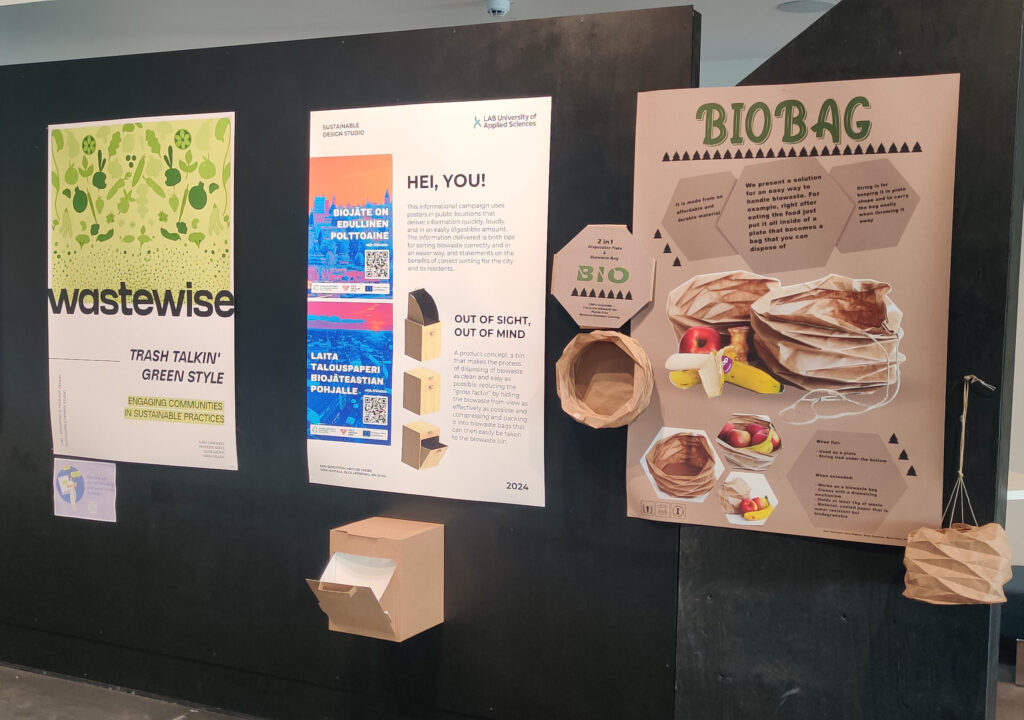
Sustainable Design Studio is a multidisciplinary international 20-credit course in LAB University of Applied Sciences which participates students for example from industrial design and packaging and brand design. In the studio, students work with various real-life assignments related to designing new products and services. This spring, briefs were given from two projects – Regenerative growth through design: Organic waste fibers and side streams as a growth base for nature-based solutions (MUOKS) and Citizen-oriented circular economy solutions in South Karelia (ASKI) -project. This article describes the brief given from the ASKI -project and the concepts produced by the students.
Kirjoittaja: Katariina Pakarinen
The goal of the project Citizen-oriented circular economy solutions in South Karelia (ASKI) is to develop circular economy solutions by means of service design. Development work will be done together with the residents and businesses of South Karelia, between March 1, 2023 and June 30, 2025. The project creates and develops circular economy-based products and services that meet the needs of resident communities. LAB University of Applied Sciences and the city of Lappeenranta are involved in the project. Joint work is done also with the Waste management in South Karelia. (LAB 2023.)
The project team needed new innovative and out-of-the-box ideas and therefore decided to give the assignment to the students of Sustainable Design Studio. The competence goal of the Studio is that the students learn to describe the principles and possibilities of environmentally efficient and ethical thinking and know how to acquire information related to the life cycle of products and environments, materials, manufacturing methods, and environmentally efficient technologies and methods of operation (LAB 2024). The course also teaches students to work together with professionals from different nationalities and fields of expertise.
The Brief
Brief was to design a product, service or marketing concept, which helps and motivates people to recycle their biowaste. Students were asked to consider new ways of motivating and nudging people who don’t recycle biowaste towards preferrable behavior. The goal was to find fresh, open-minded ideas. Student teams were encouraged to choose target groups like students living in small, rented apartments in densely populated areas or families living in rural municipalities outside the urban areas and who do not compost or have their own bio-waste container.
Students were instructed that the solution they will create could also reduce consumption, reduce food waste and extend the life of food in addition to the fact that the goal was to find new ways to improve the sorting of biowaste. Students were also encouraged to think what methods could be used to get people to improve sorting, so that it doesn’t feel like too much work or is in some ways exciting. It was also important to consider, how do current or future trends affect people’s recycling or supporting it.
Students were encouraged to collect information about users and their behavior, challenges and needs, for example through organizing interviews, benchmarking, testing etc. The groups received as background information the answers to the survey carried out in the project, links to related articles and other publications and links to waste management guides in South Karelia.
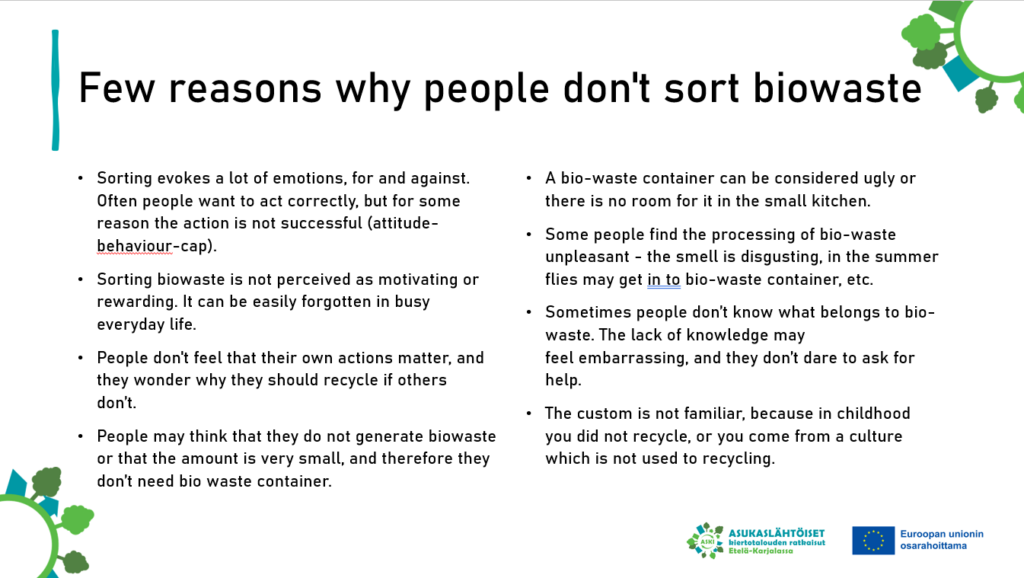
Image 1. Students were also given some insights from the projects background study to consider while creating new solutions. (Image: Kaisu Isomäki)
Concepts
The students’ process progressed from background research, through ideation and redefinition of the problem to conceptualization. There were 4-5 students in one group and the teams were guided by three teachers. ASKI-team met with the students three times during the project and communicated via e-mail between the meetings.
Group 1 focused on finding ways to nudge gently people towards active biowaste sorting. In the beginning the group studied perceptions, experiences, beliefs and norms affecting people’s behavior. They also mapped out physical and psychological capabilities, opportunities and motivations related to sorting biowaste. The group also conducted an online survey to LUT university’s students living in LOAS apartments. 219 students responded to the survey, from which 25 % were international students and 70 % were aged between 18-29 (Azerot et al. 2024). Based on responses and background study the group created customer journeys, empathy maps and user profiles which helped to create concepts further. As a final concept, the group created Wastewise campaign which included for example campaign brand guidelines, posters, animations and content for different social media platforms like Instagram and TikTok. The group also produced an informational cooking video (how to turn porridge into bread) and funny memes to encourage biowaste recycling.
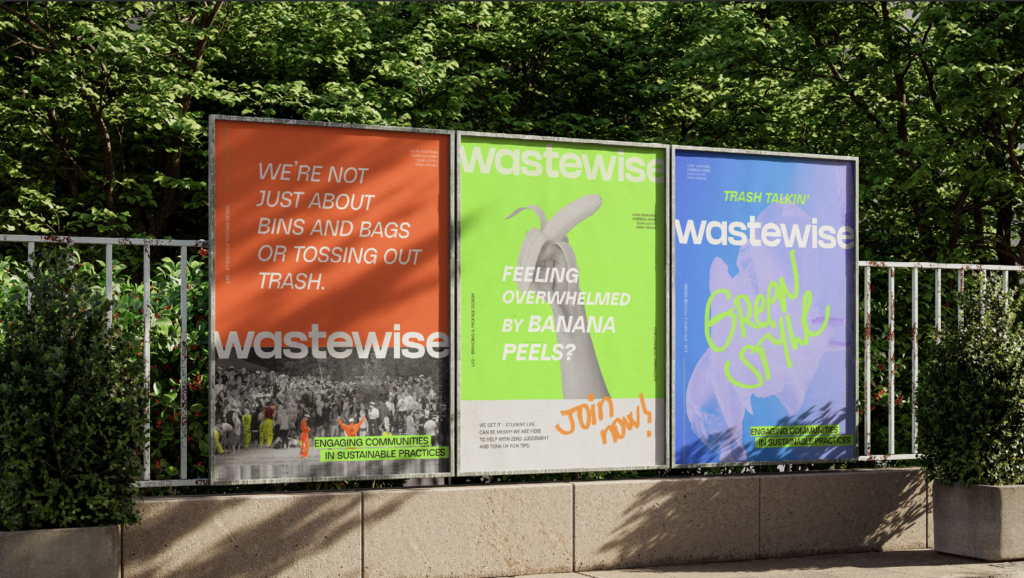
Image 2. Visualization of Wastewise campaign posters. (Image: Olivia Azerot, Alina Hokkanen, Andressa Moro, Waka Yasuda)
Group 2 was keen to find reasons why people are not motivated enough to recycle biowaste properly. The group familiarized themselves with the survey made in ASKI-project and studied research made from user-driven service design for environmentally responsible consumption. They also benchmarked different biowaste handling solutions. In the ideation phase group come up with three different ideas – a) finding a way to change the form of biowaste from wet mass to dry block, b) organizing deposit return system for biowaste, and c) creating approachable awareness campaign. The group decided to focus both on creating an awareness campaign and designing a biowaste container that resembles more furniture than wastebasket. A deposit return system was seen as too big of a concept for the course and in relation to the time available. (Bergström et al. 2024.)
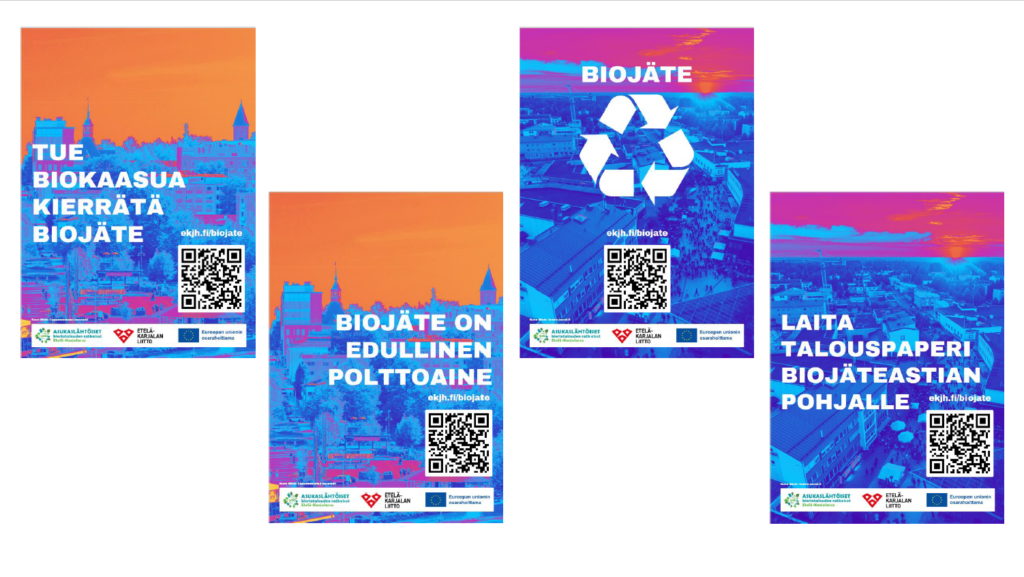
Image 3. Visualization of the final campaign posters from group 2. (Image: Eeri Bergström, Matilde Freire, Olga Latisenko, Xin Zhou, Mira Huhtala)
Group 3 looked for solutions for easy handling of biowaste. They did market research and benchmarked existing solutions, created their own survey and user research. They turned findings for example to user personas. The group chose young male with a low budget and easy-going lifestyle as a target group. After sketching, mind mapping and storyboards the group created the first prototype. Based on feedback they prototyped further, tested functionality and structures. The final concept was a foldable biowaste bag which can be stored in flat form and while extended it works as a biowaste bag. Paper string was chosen as a closing mechanism. The group also ideated that the bag could be used with take-away food and at events. (Bodarenko et al. 2024.)
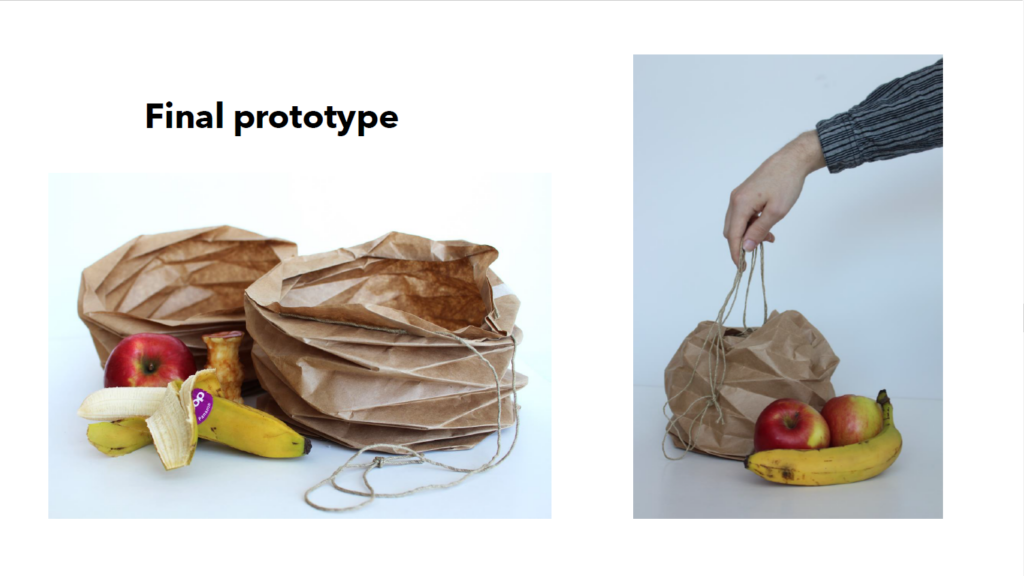
Image 4. Final concept of the group number 3 presenting foldable biowaste bag which can also be used as a plate. (Image: Senja Helmchen, Juho Ojakangas, Marie Olsen, Sana Naghian, Anastasiia Bondarenko)
Outcomes
The project was a great experience for both the students and the project team. Specially the background research done by the students has been valuable and it will be implemented in the upcoming measures of project ASKI. The concepts produced by the students are multi-level and they offer interesting approaches to improve the efficiency of biowaste sorting. Regarding the further use of concepts in the project, there will be separate discussions with the students.
Concepts are presented at the Sustainable Design Studio exhibition on the LAB University of Applied Sciences campus in Lahti between 13.5.-31.8.2024.
References
Azerot, A. & Hokkanen, A. & Moro, A. & Yasuda W. 2024. Final Presentation from the Sustainable Design Studio.
Bergström, E. & Freire, M. & Latisenko, O. & Huhtala, M. & Zhou, X. 2024. Final Presentation from the Sustainable Design Studio.
Bodarenko, A. & Helmchen, S. & Naghian, S. & Ojakangas, J. & Olsen, M. 2024. Final Presentation from the Sustainable Design Studio.
LAB. 2023. Citizen-oriented circular economy solutions in South Karelia. Project pages. Cited 23 May 2024. Available at https://lab.fi/en/project/citizen-oriented-circular-economy-solutions-south-karelia
LAB. 2024. Study Guide. Cited 23 May 2024. Available at https://opinto-opas.lab.fi/68177/fi/68113/127795/1750/0/23500
Author
Katariina Pakarinen works at the LAB University of Applied Sciences as a service design specialist for example in the Citizen-oriented circular economy solutions in South Karelia (ASKI) project and as a project manager in the ESR+ funded project “Multidisciplinary process expertise in the collaboration of public art and urban planning”.
Illustration: Katariina Pakarinen
Reference to this article
Pakarinen, K. 2024. New ideas from Sustainable Design Studio to improve the sorting of biowaste. LAB Pro. Cited and the date of citation. Available at https://www.labopen.fi/lab-pro/new-ideas-from-sustainable-design-studio-to-improve-the-sorting-of-biowaste/
